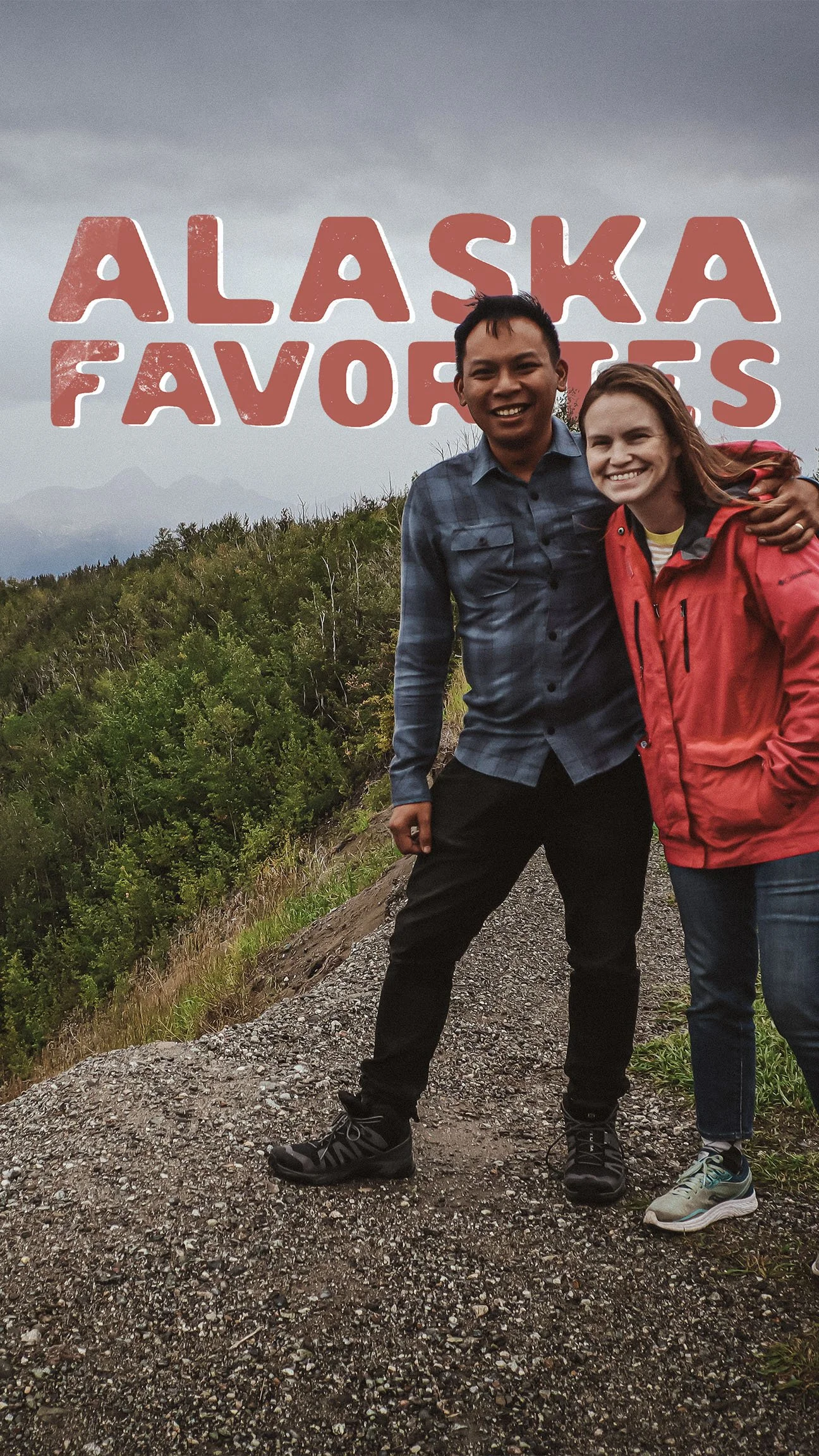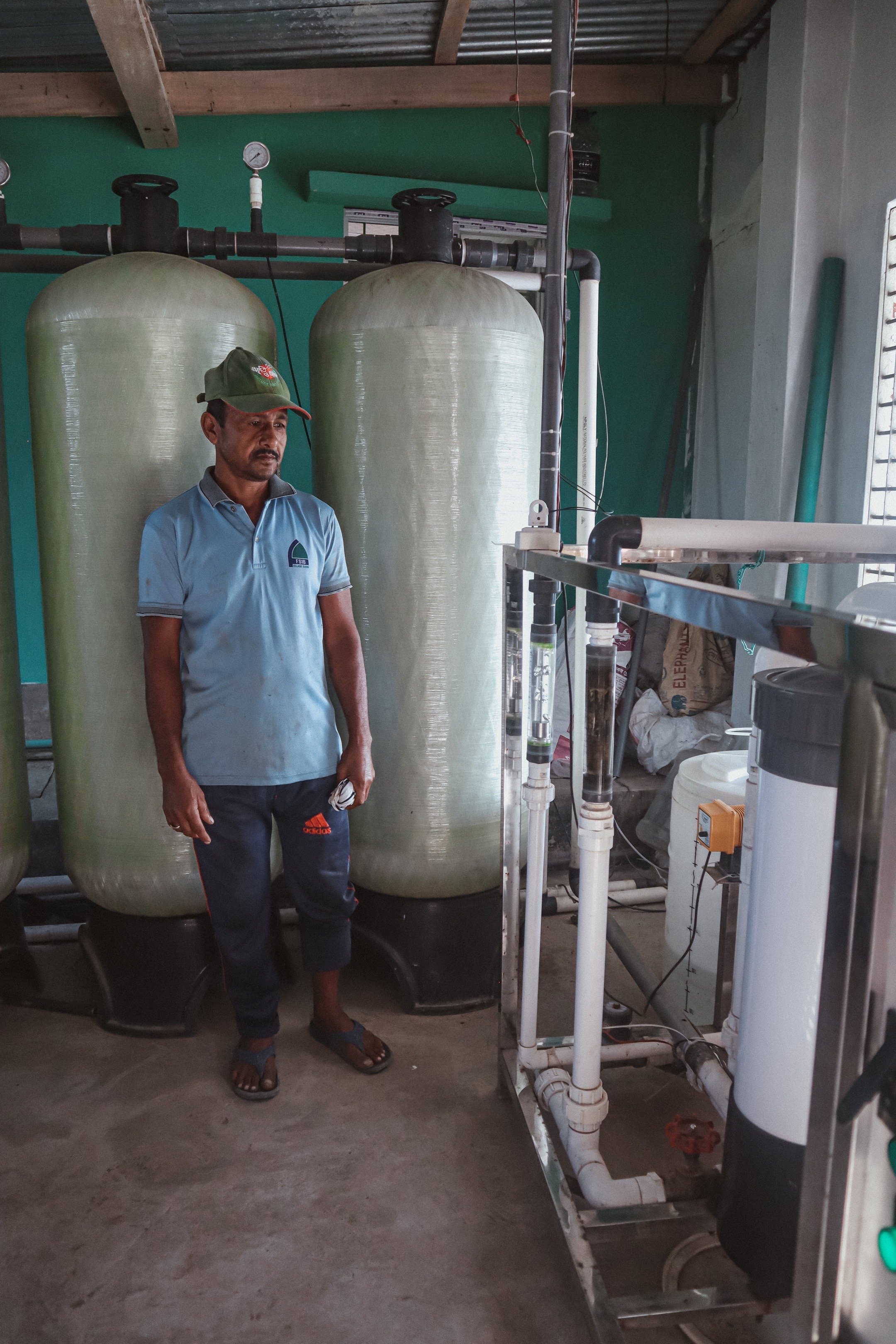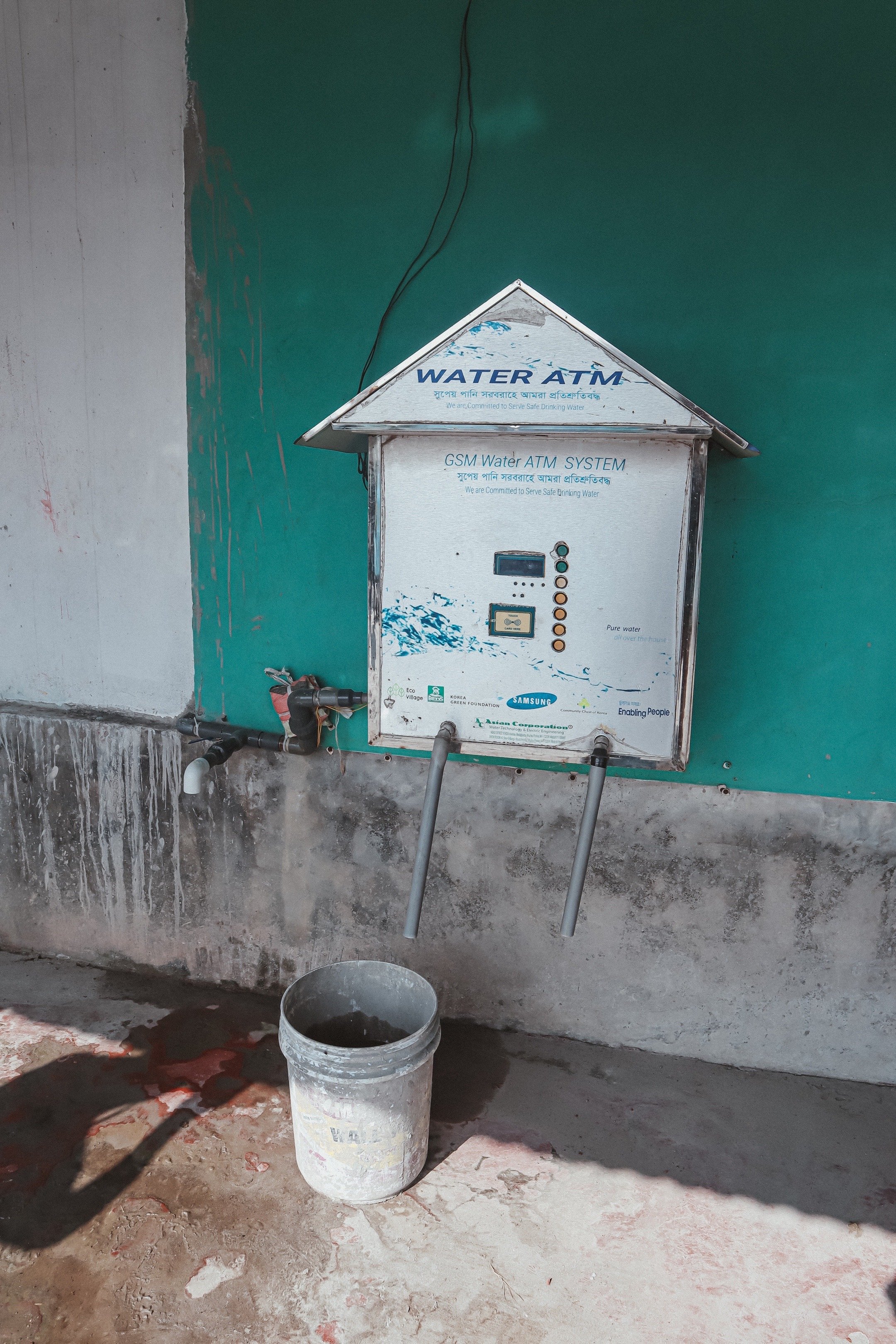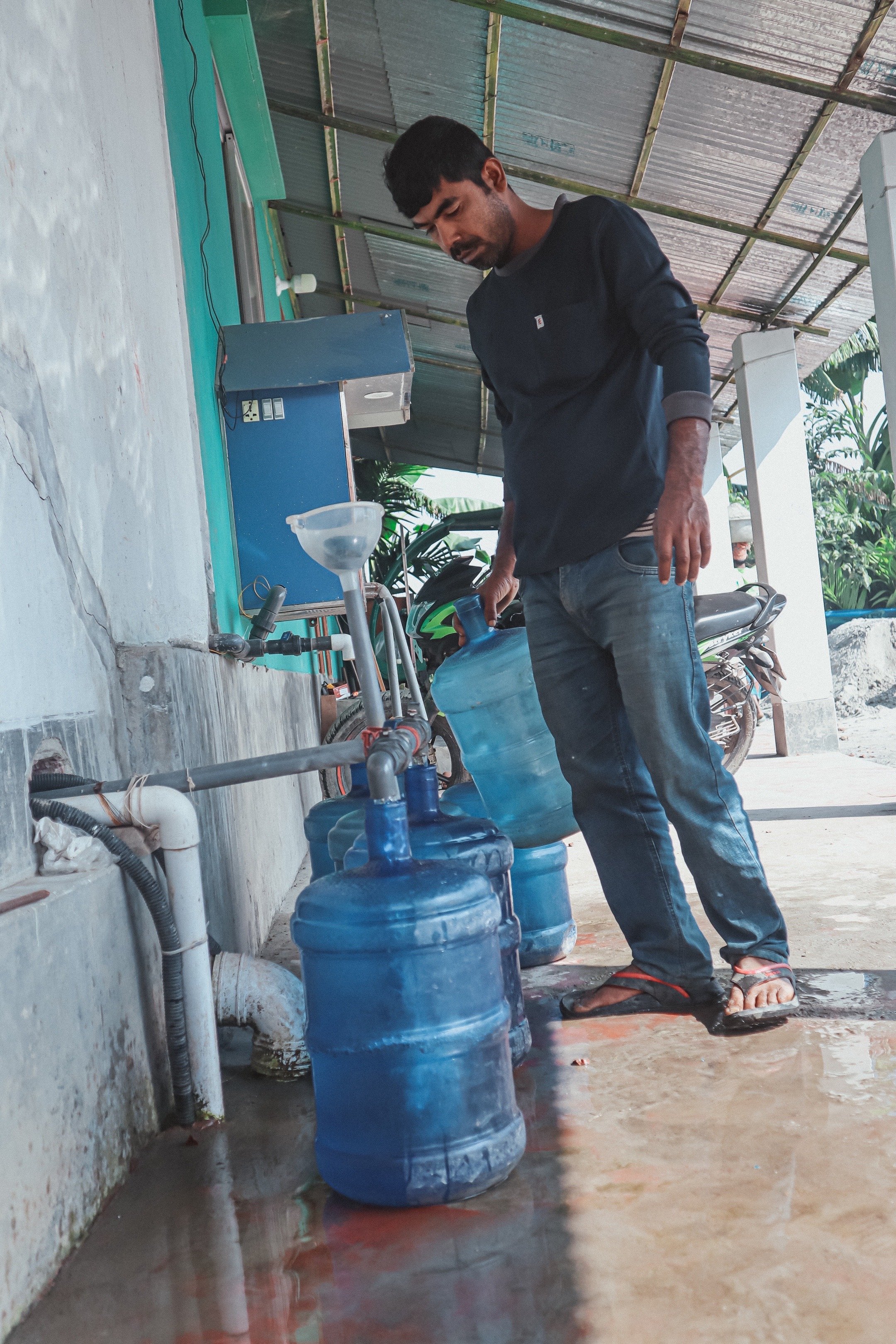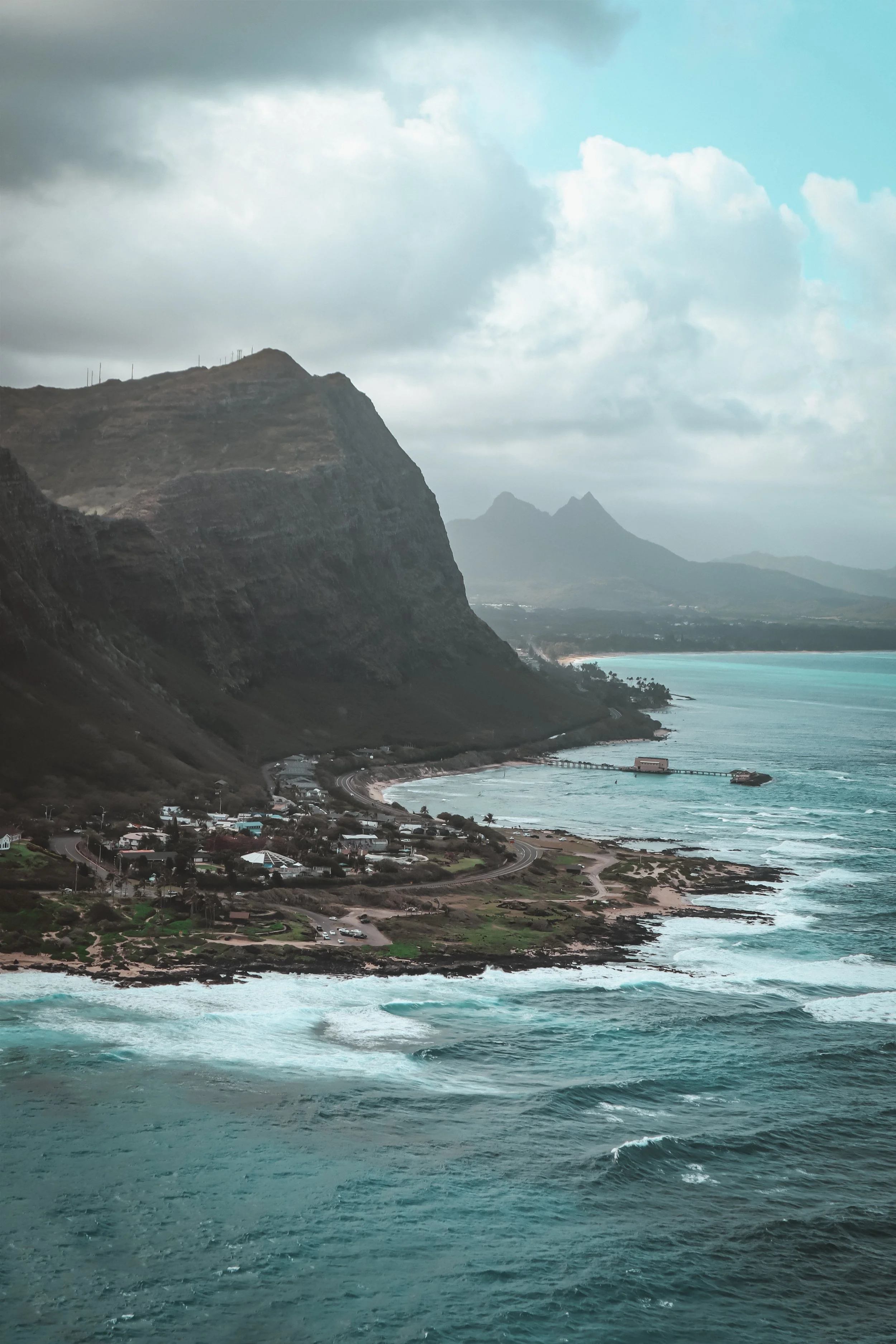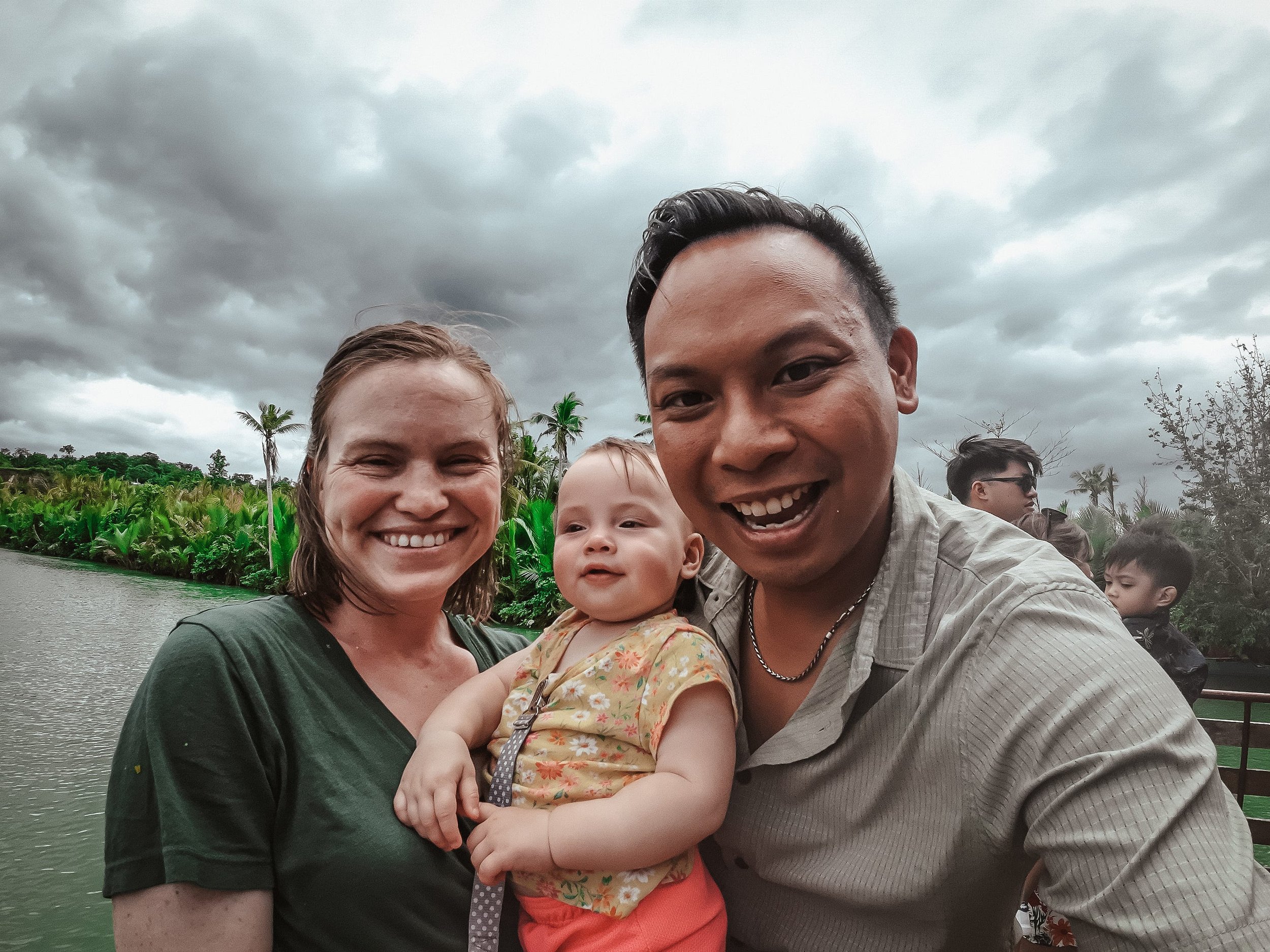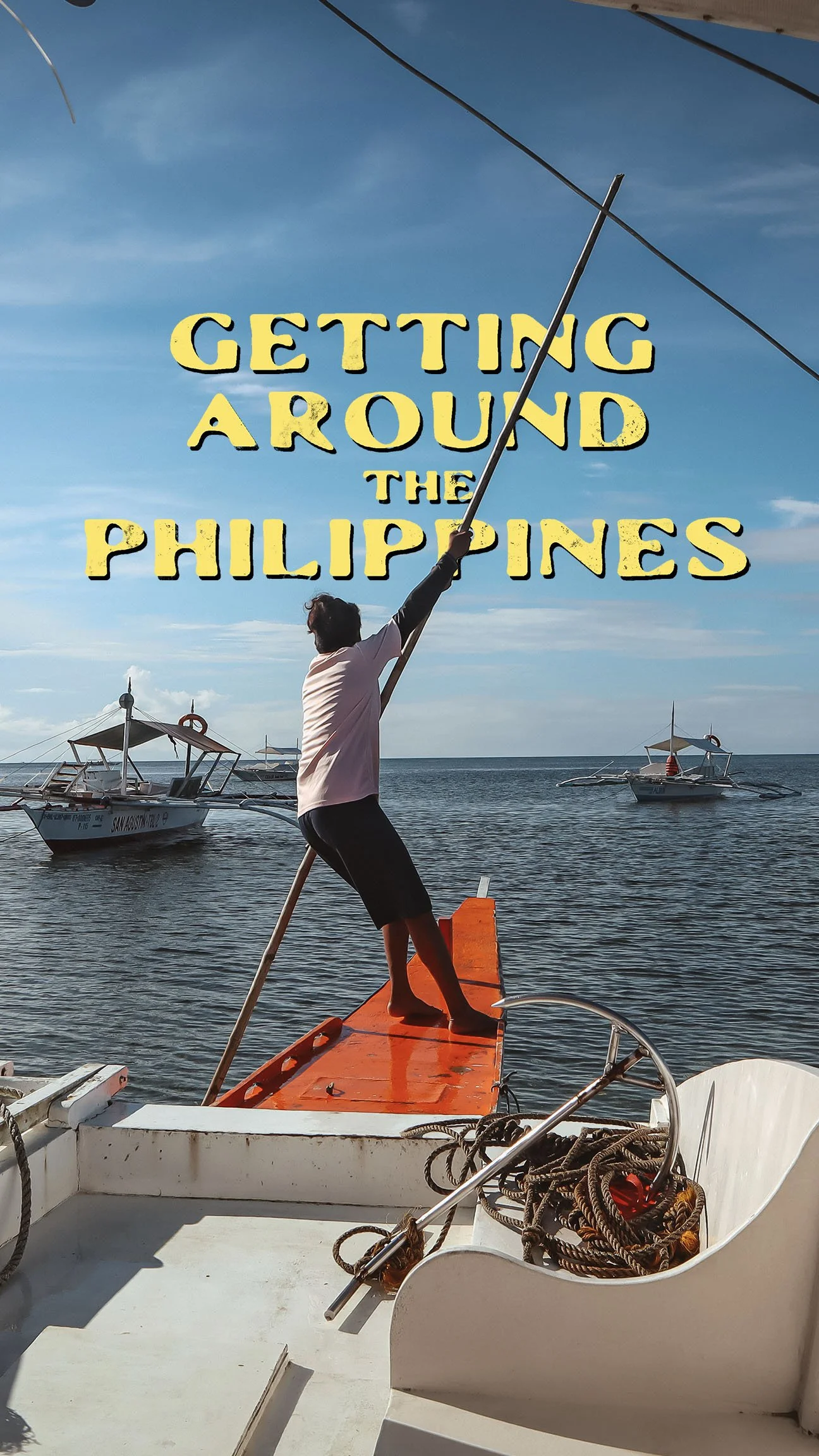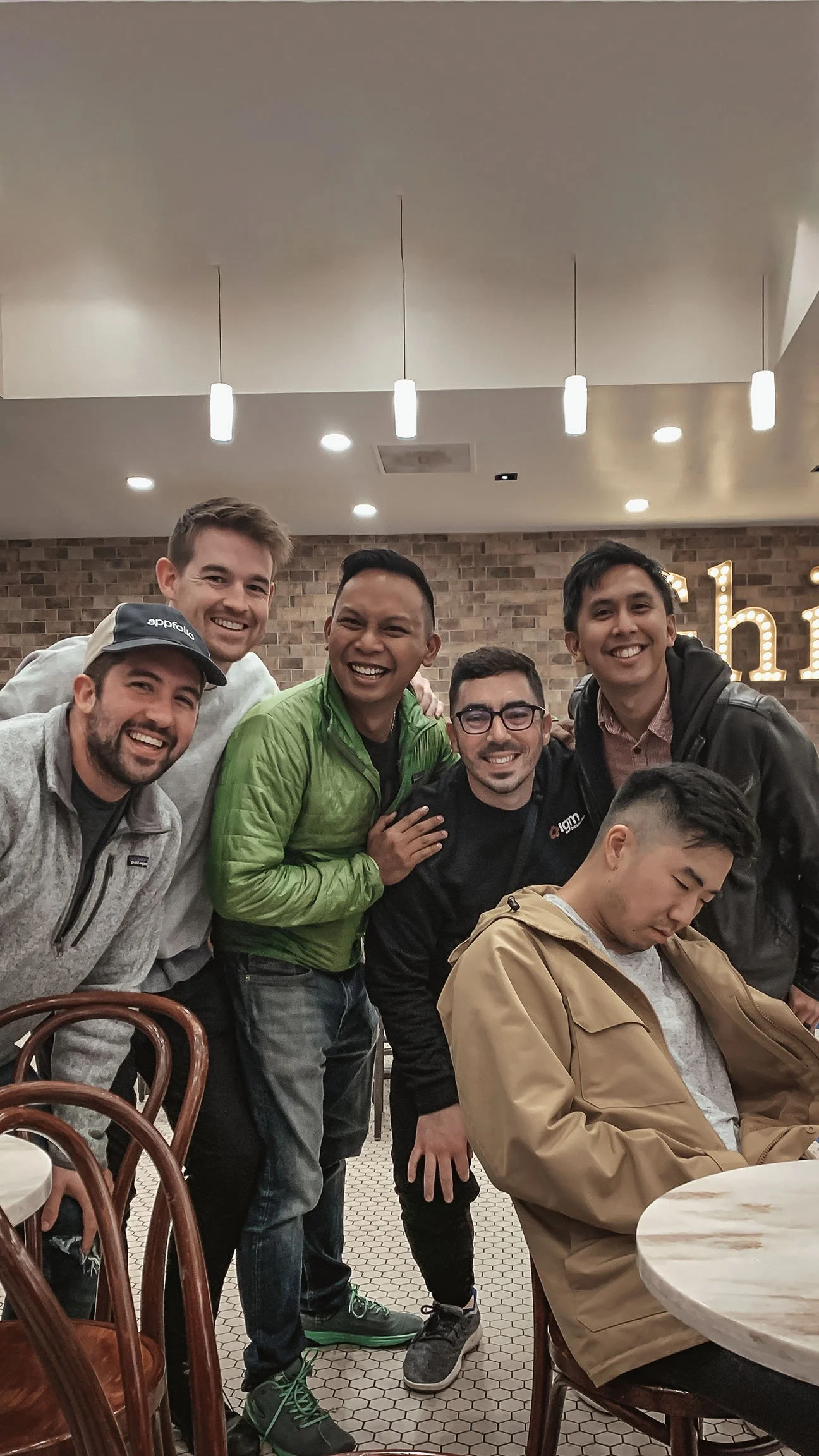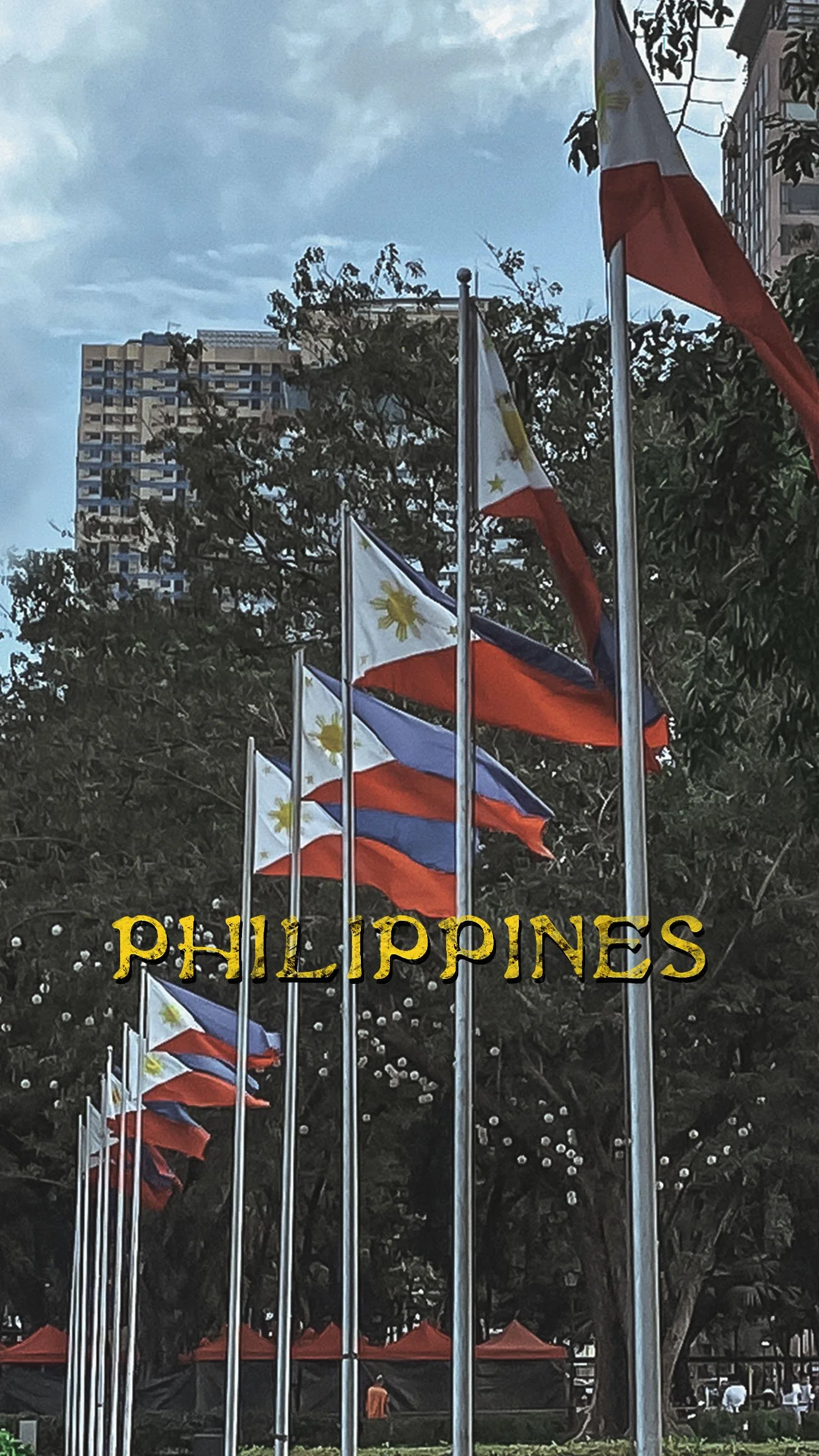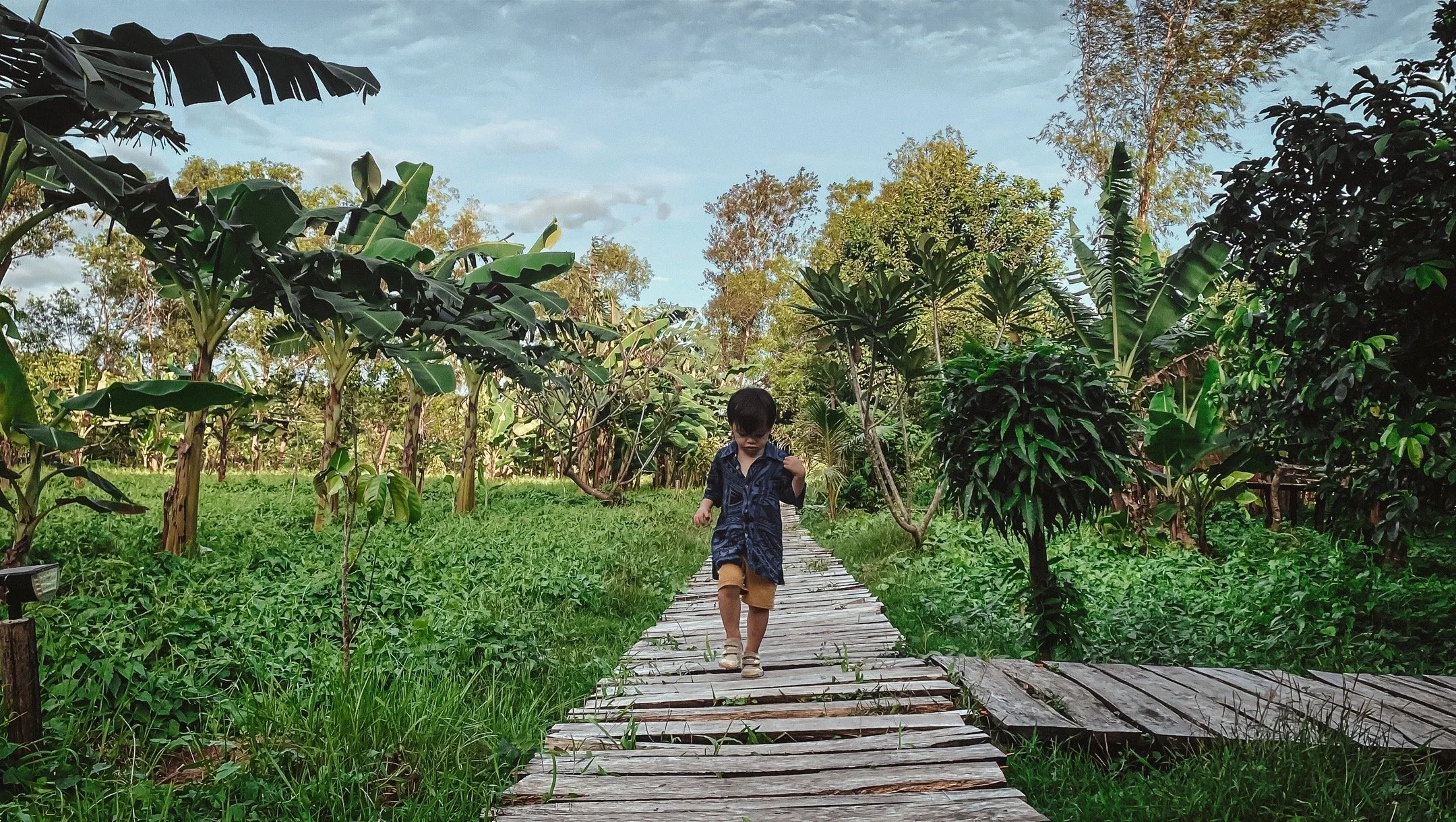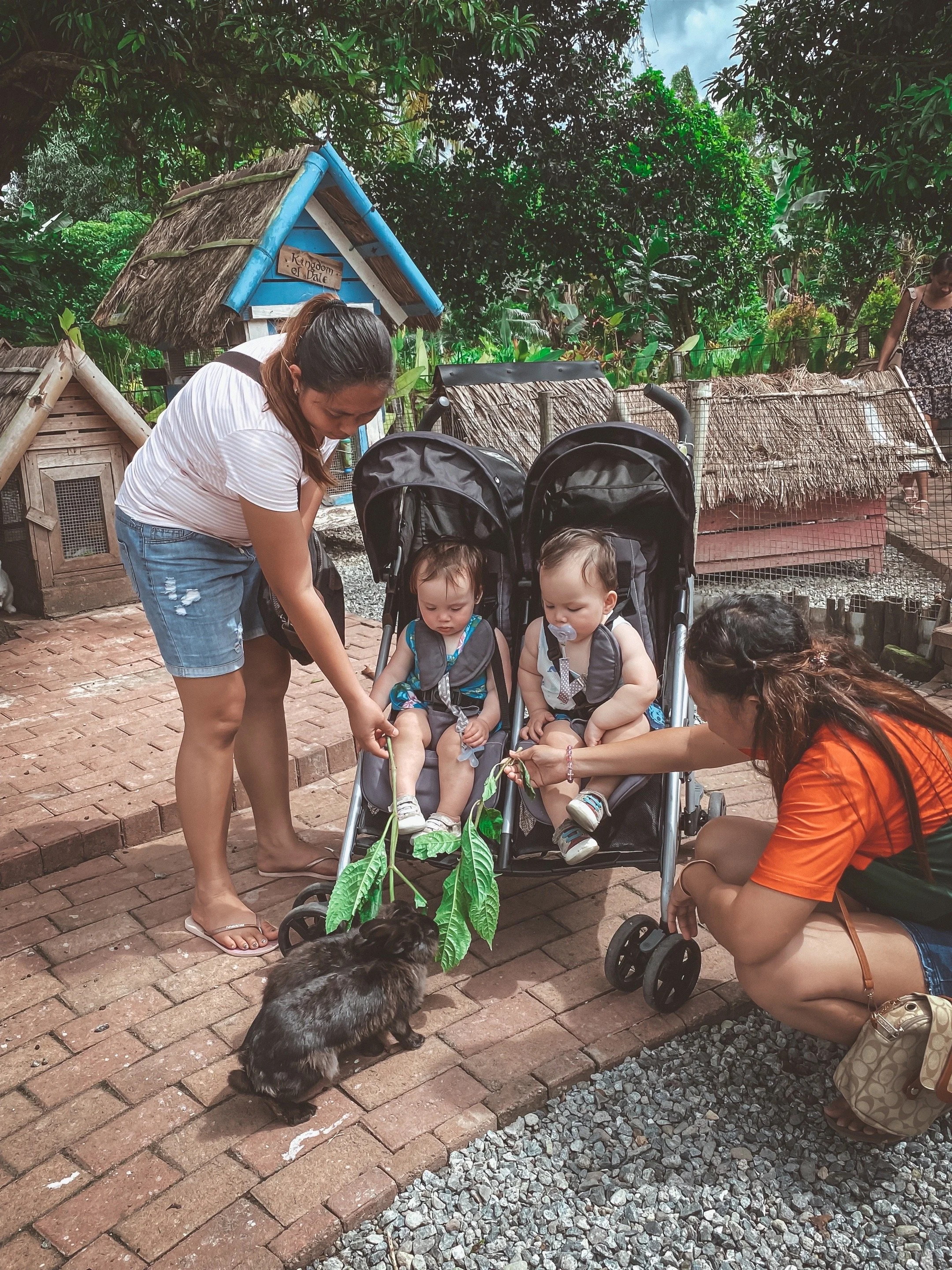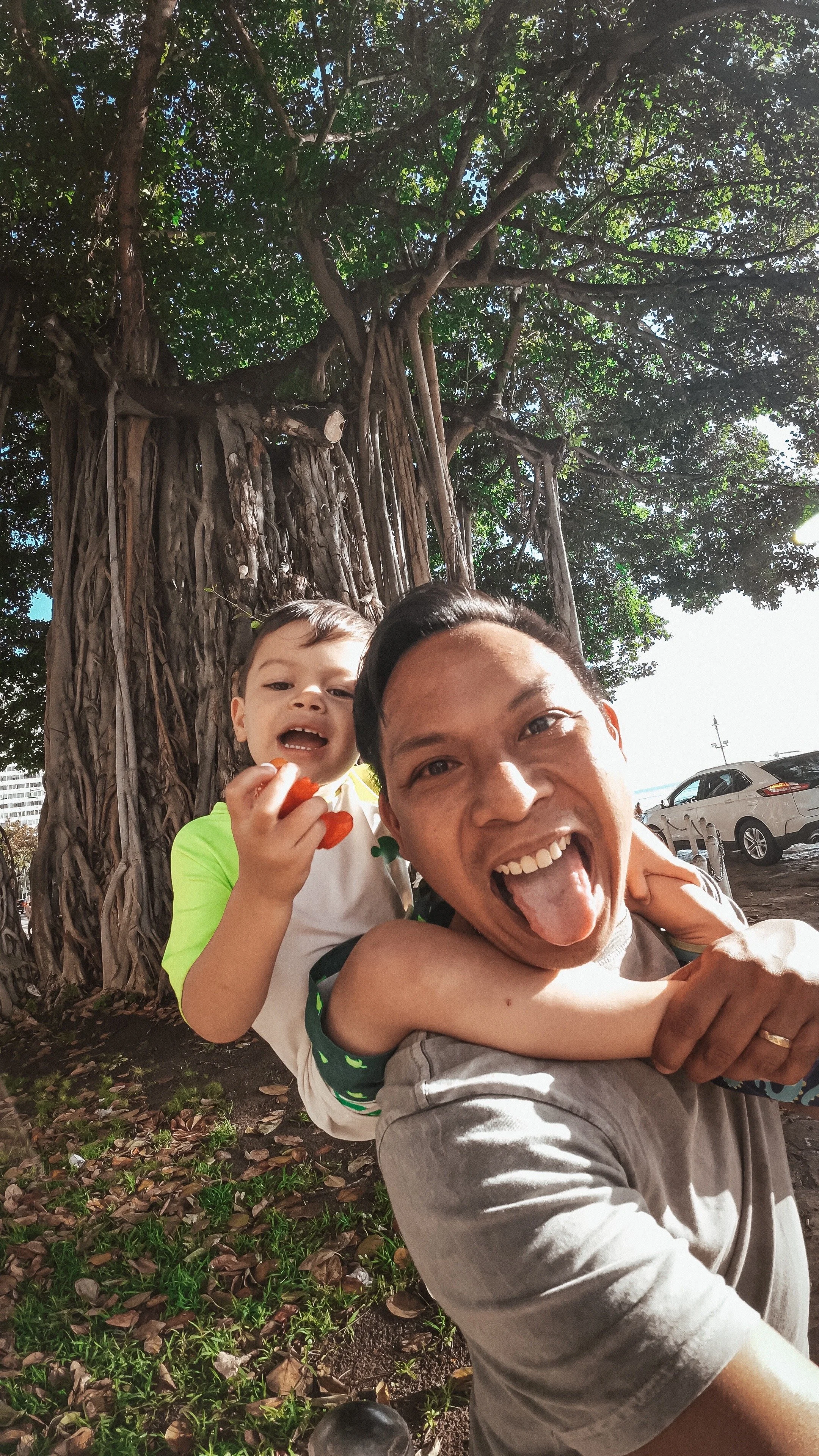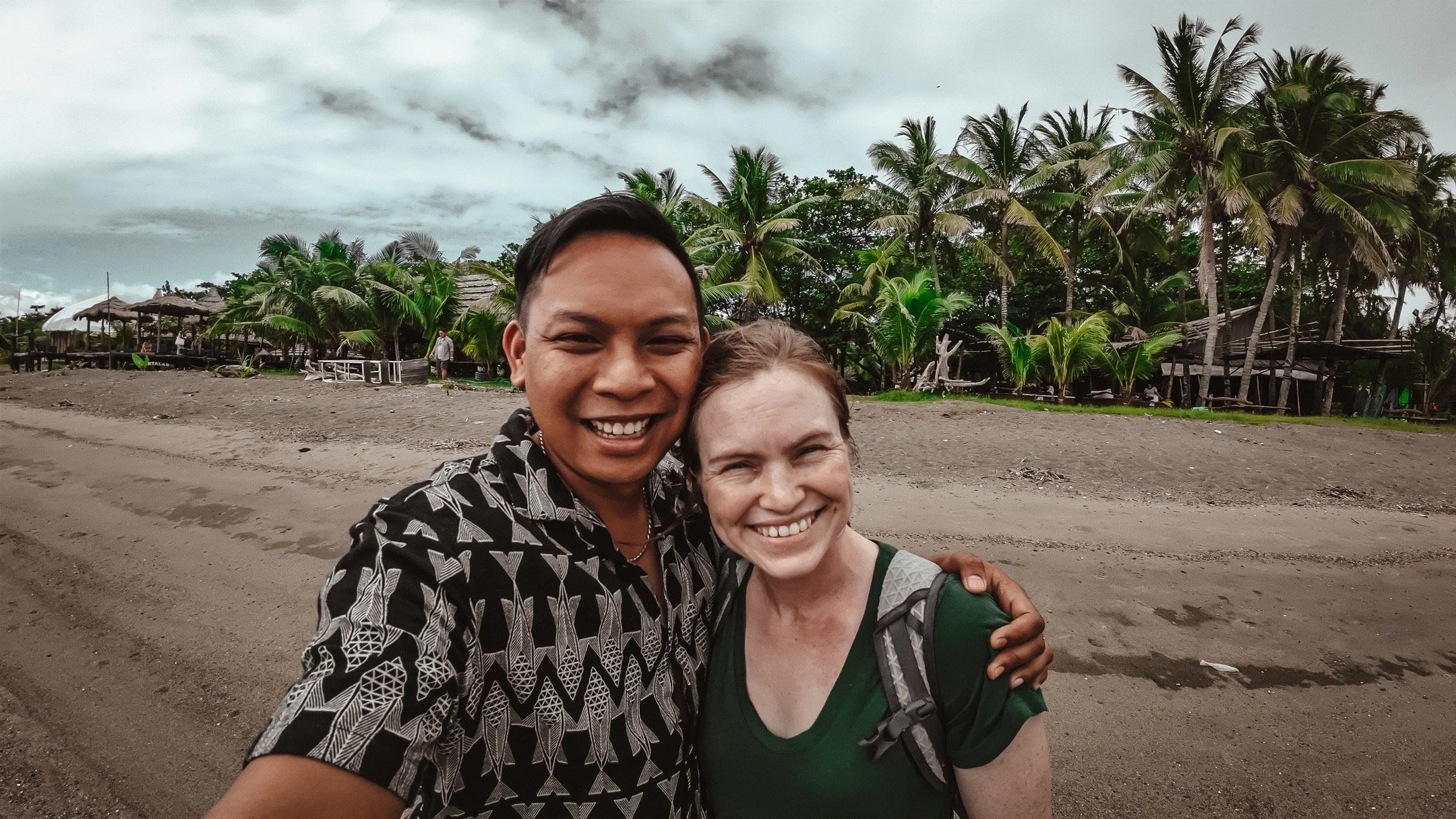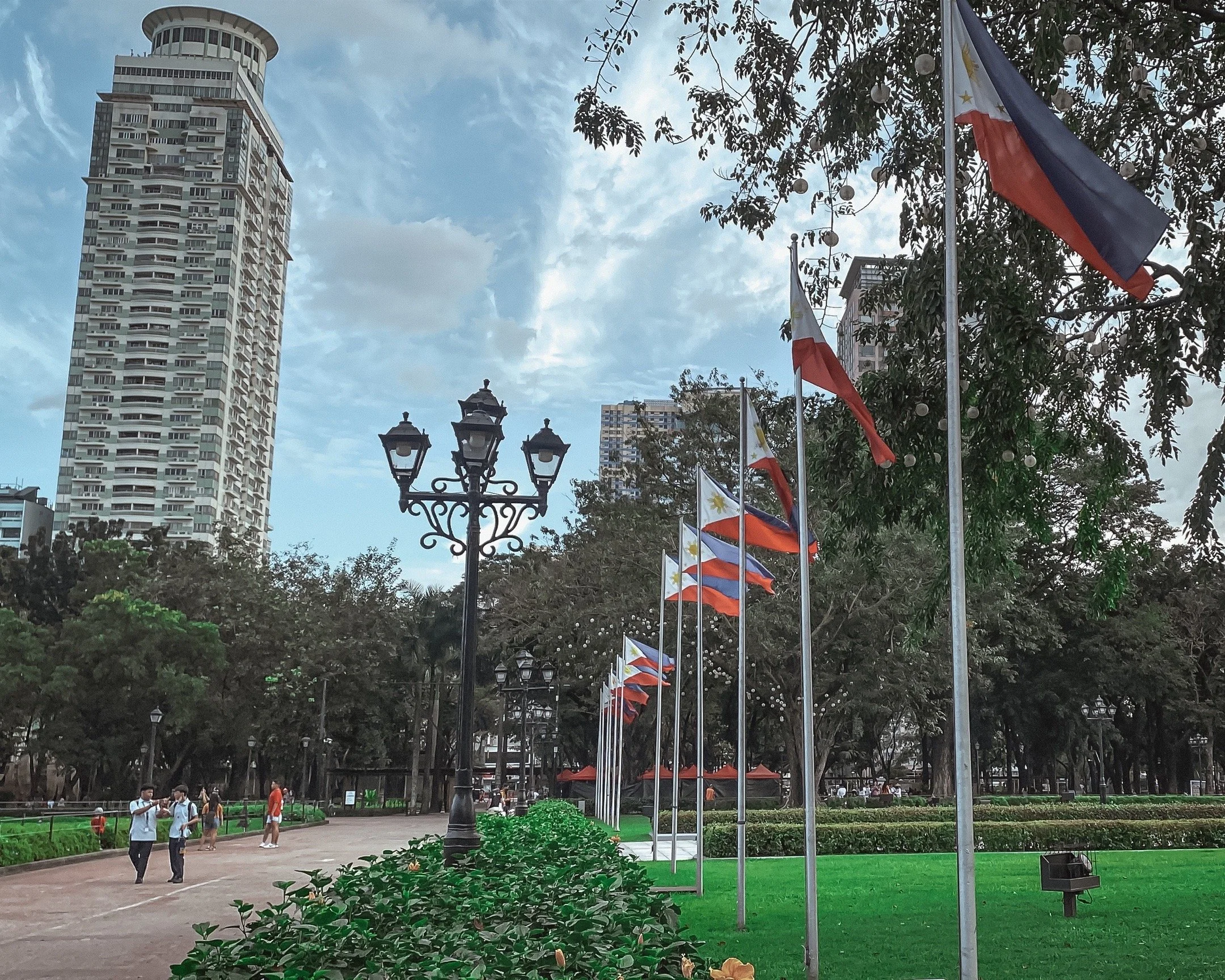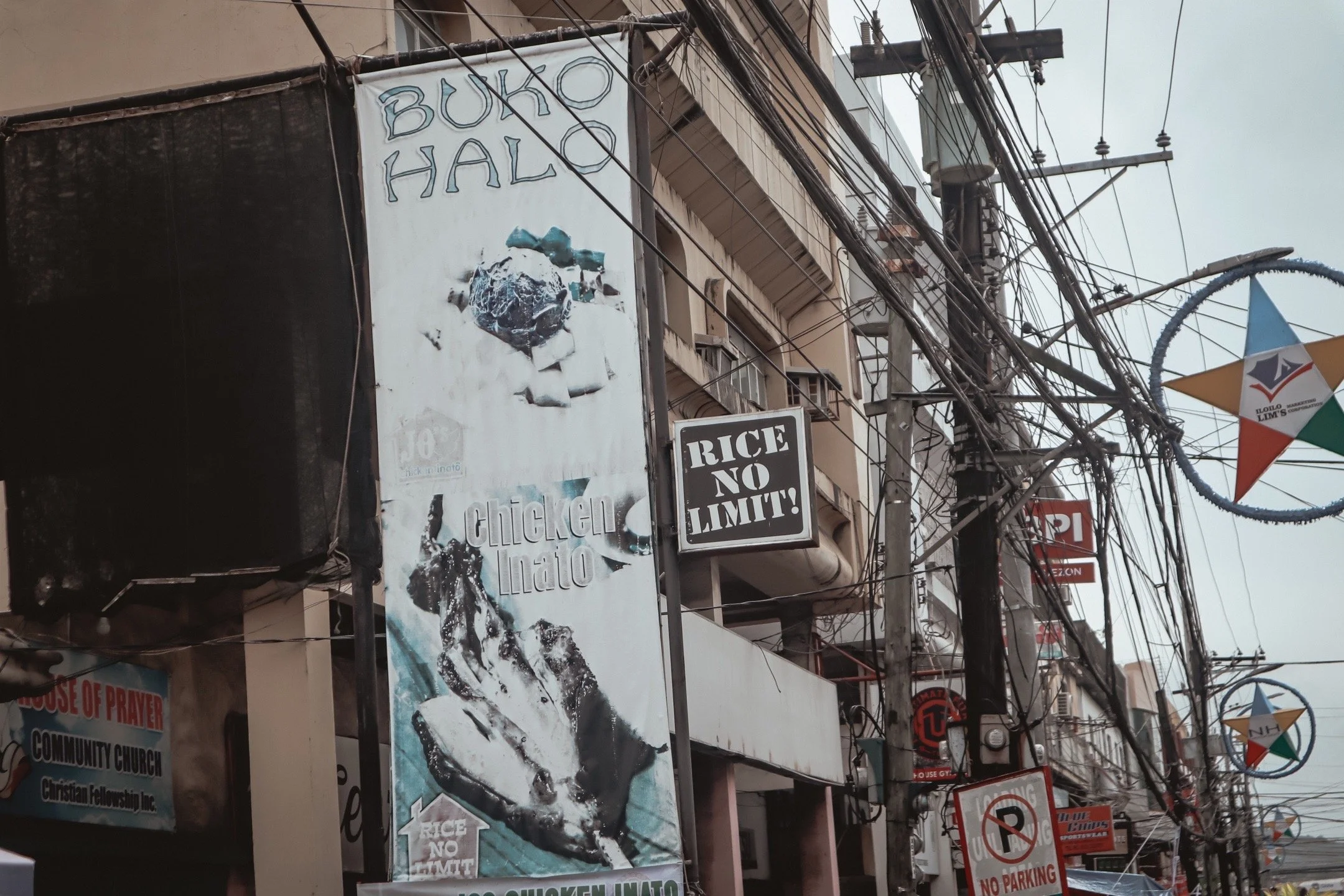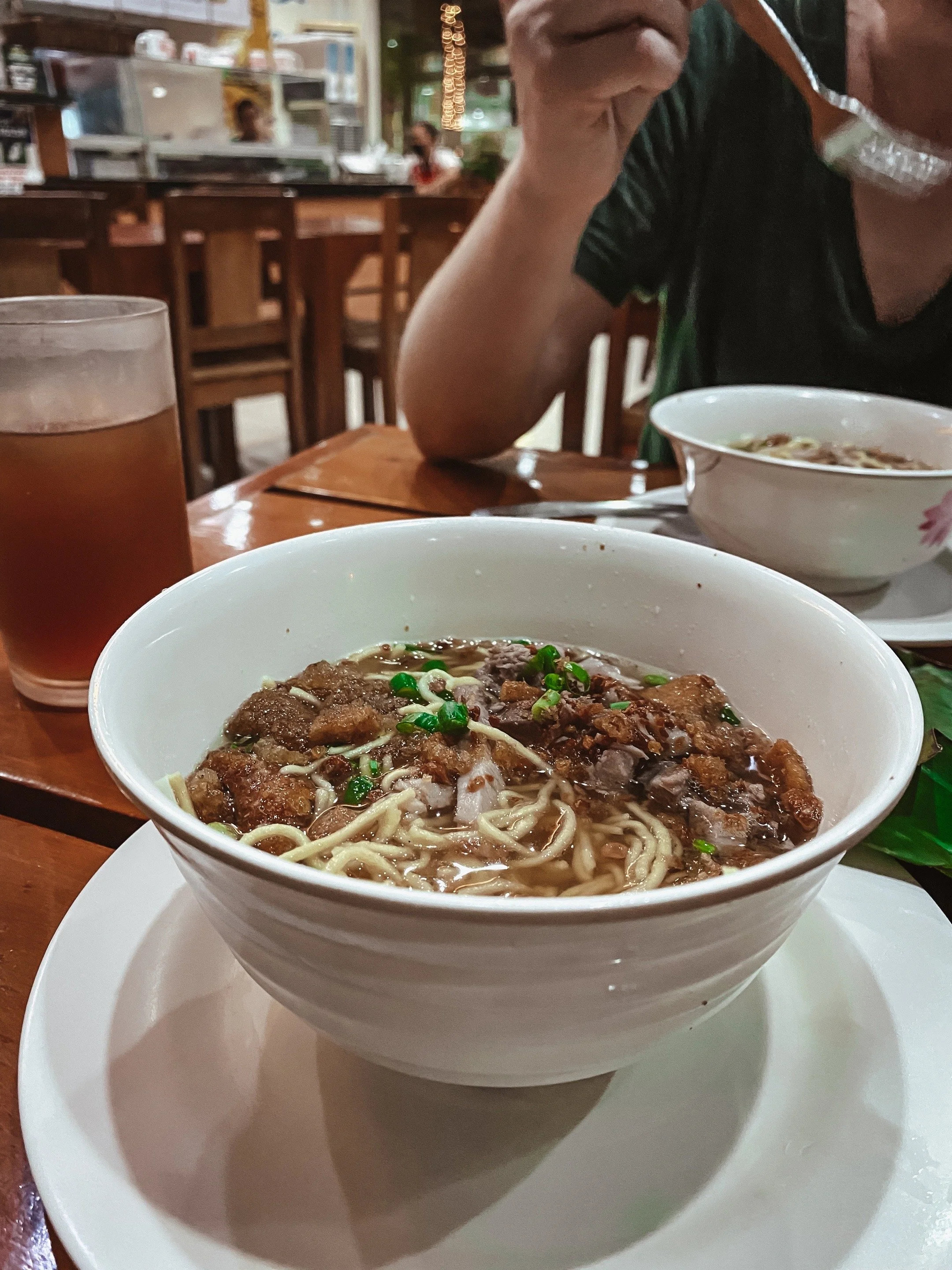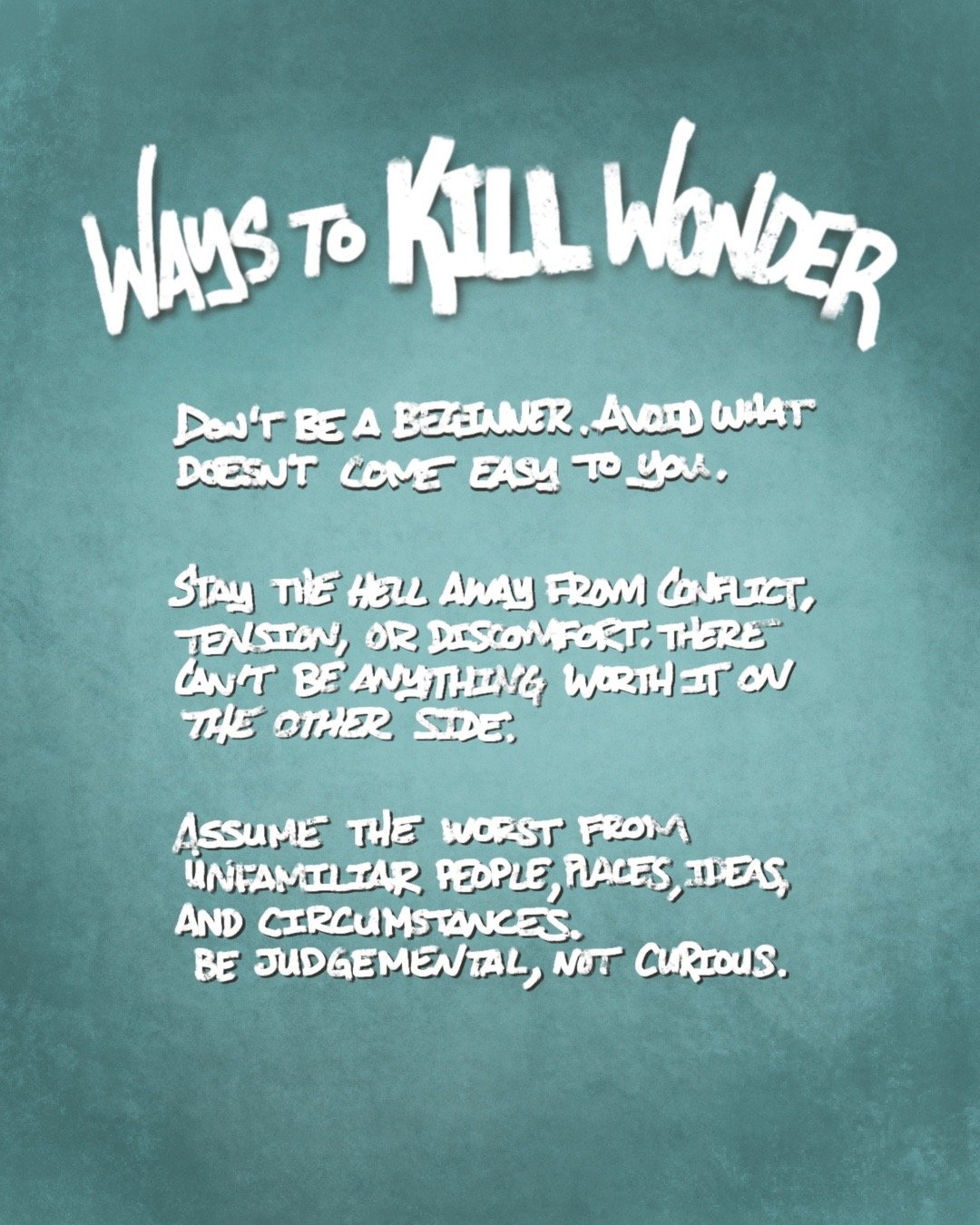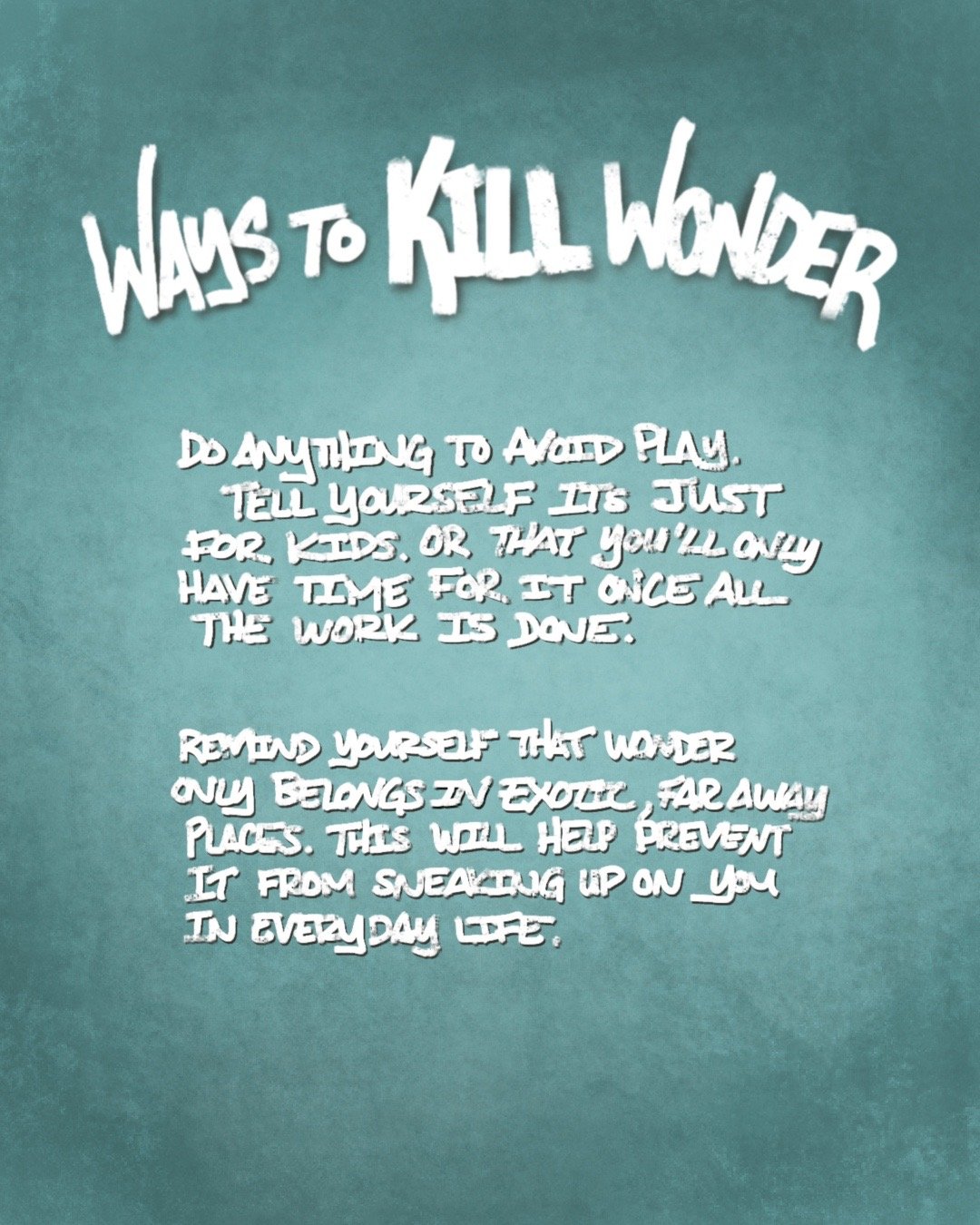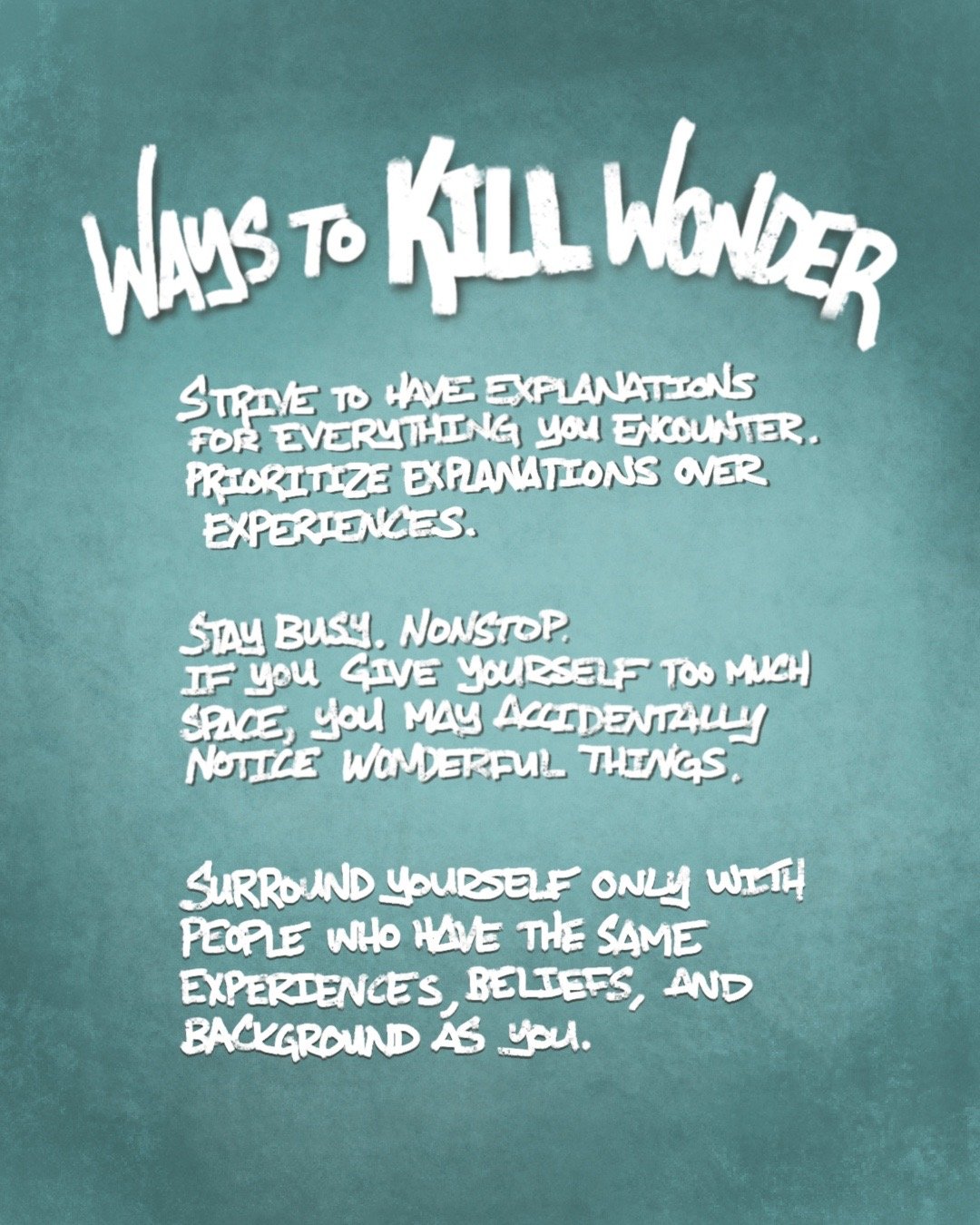We arrived in Iloilo just in time for Dinagyang… the biggest celebration of the year. This one was even bigger, since the previous two had been cancelled.
Because of the time of year and the Catholic connections, it feels akin to Mardi Gras or Carnaval. But the items of celebration are actually Santo Niño (baby Jesus) and the sale of an island by the Aeta indigenous folk to Javanese migrants. Quirky mashup, but let’s party.
The celebration was felt from the moment our plane landed. Seriously, my kids were freaked out by the thundering drummers. All the hotels were fully booked and traffic into the heart of town was a trickle. To make things even more complicated, they shut off all cell signal and internet to prevent terrorist attacks. (I truly wonder if they stirred up more danger by cutting off communication, but who knows?)
Anyways, I didn’t just want to be inconvenienced by the festivities. I wanted to partake! Thanks to our friend TinTin’s jeepney navigation and crowd maneuvering skills, we secured a great spot to watch the parades and pageants. This is something I can say I’m glad to have seen!






